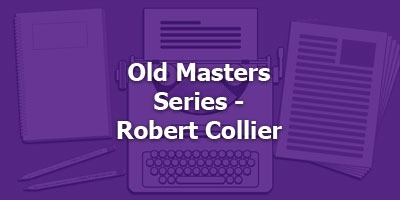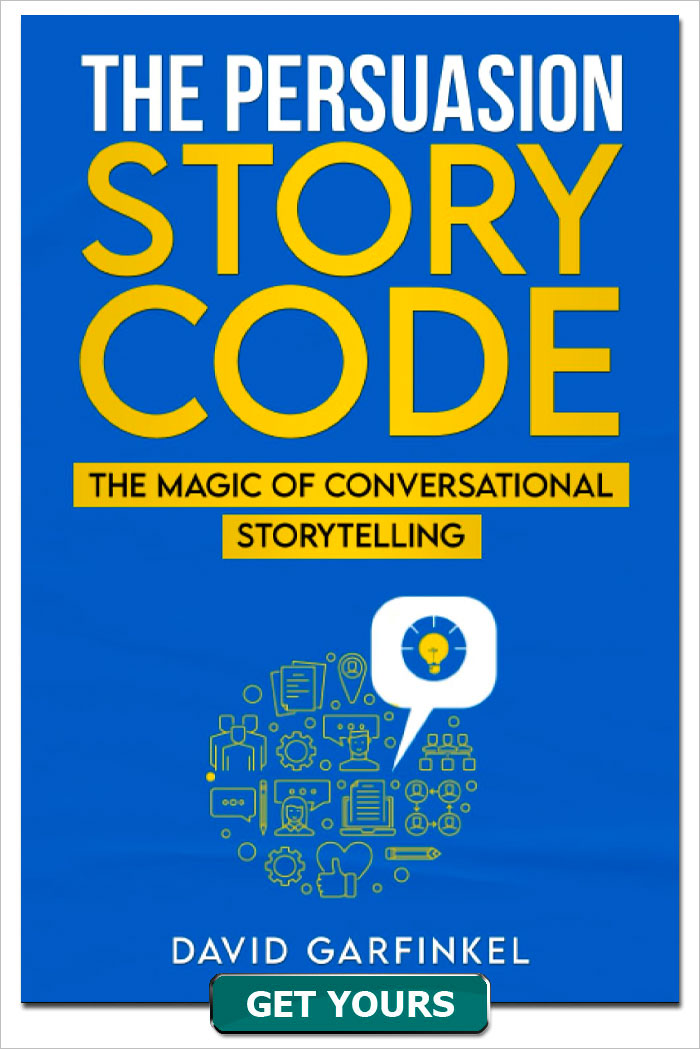Old Masters Series - Robert Collier
Published by: David Garfinkel on 03-30-2020
Tweet
We’re back with another episode in the Old Masters Series. Today we’re going to talk about Robert Collier.
Most people know of him as the author of The Robert Collier Letter Book, which we’ll talk about in this show. But it’s important to know that besides being one of the best copywriters of the first half of the 20th Century, Collier was also a prolific and highly successful author. One of his other books, for example, sold 300,000 copies.
We’re going to take some powerful ideas from just a couple pages of the Robert Collier Letter Book. It’s such a rich resource. My pal John Carlton, who has been on this podcast three times, says that book was one of the three books he referred to all the time when he was just starting out.
Here are the seven topics we cover in the show:
Word Pictures: After you get your reader’s attention, “your next problem is to put your ideas across, to make him see it as you see it — in short, to visualize it so clearly that he can build it, piece by piece in his own mind as a child builds a house of blocks, or puts together the pieces of a puzzle.”
Six essential elements of a sales letter (VSL, sales page, ad):
1. The opening: Not only do you need to capture attention. You need to speak to what the reader is interested in, using language that the reader instantly recognizes. Also, keep in mind that the opening “sets the table” for what comes next.
2. The motive, or reason-why. Collier talks about the reason why the prospect would want to buy your offer. I agree with that. There’s also another kind of reason-why: The reason why you’re making the offer. This is also important — and necessary — when you are offering what might seem like an unreasonably low price or good deal. You need to state a reason that makes sense to your prospect.
3. The description, or the explanation: When describing what you’re offering, Collier suggests that you start with the big picture — features, overall benefit — and then immediately fill in the details, like benefits, fine points, and what sets this product apart from competing products. Why it’s better.
4. The proof or the guarantee: Collier presents this as one or the other. Actually, and especially these days, you need both: convincing proof of your claims throughout your message, and the strongest guarantee you can offer.
5. The snapper or the penalty: What happens if the prospect DOESN’T take action? We see this in a lot of different forms these days. What’s important is that you don’t leave it to the prospects to figure this out on their own. Spell it out for them.
6. The close, “which tells the reader just what to do and how to do it, and makes it easy for him to act at once.” This is one place where you definitely do NOT want to get lazy. Every time the reader isn’t 100% sure what to do, how to do it, or whether it’s too hard to take action, you lose sales. So follow this one carefully!
Robert Collier Letter Book: Letters
Keywords: Copywriting masters Robert Collier









